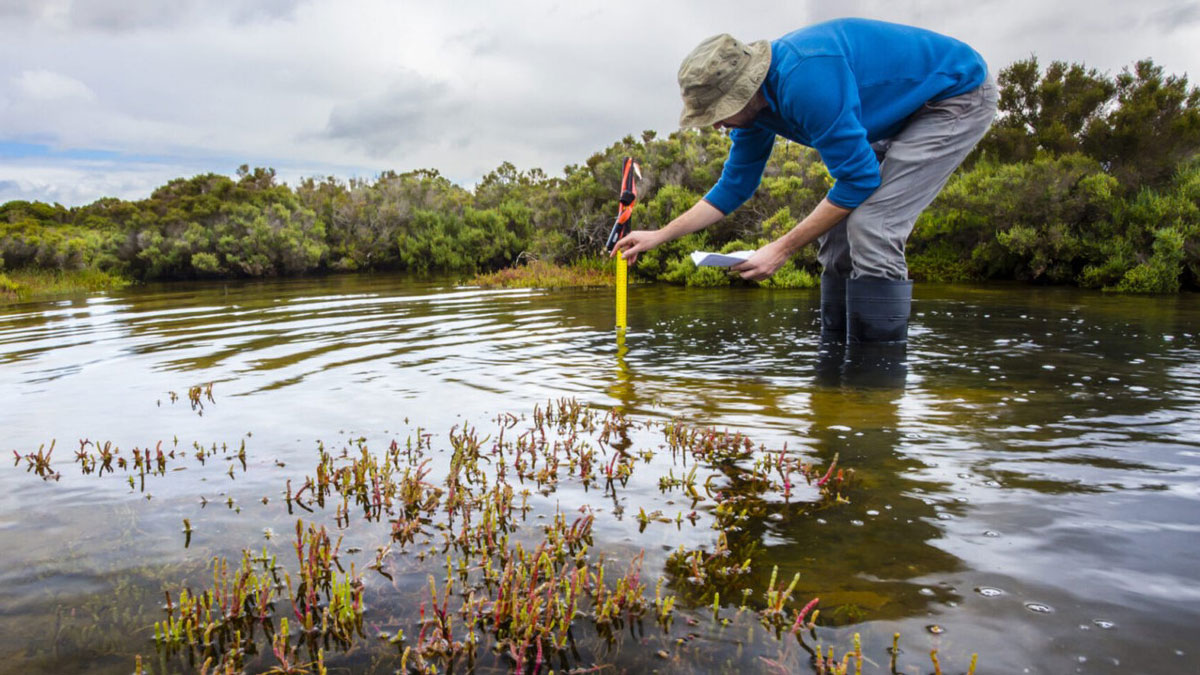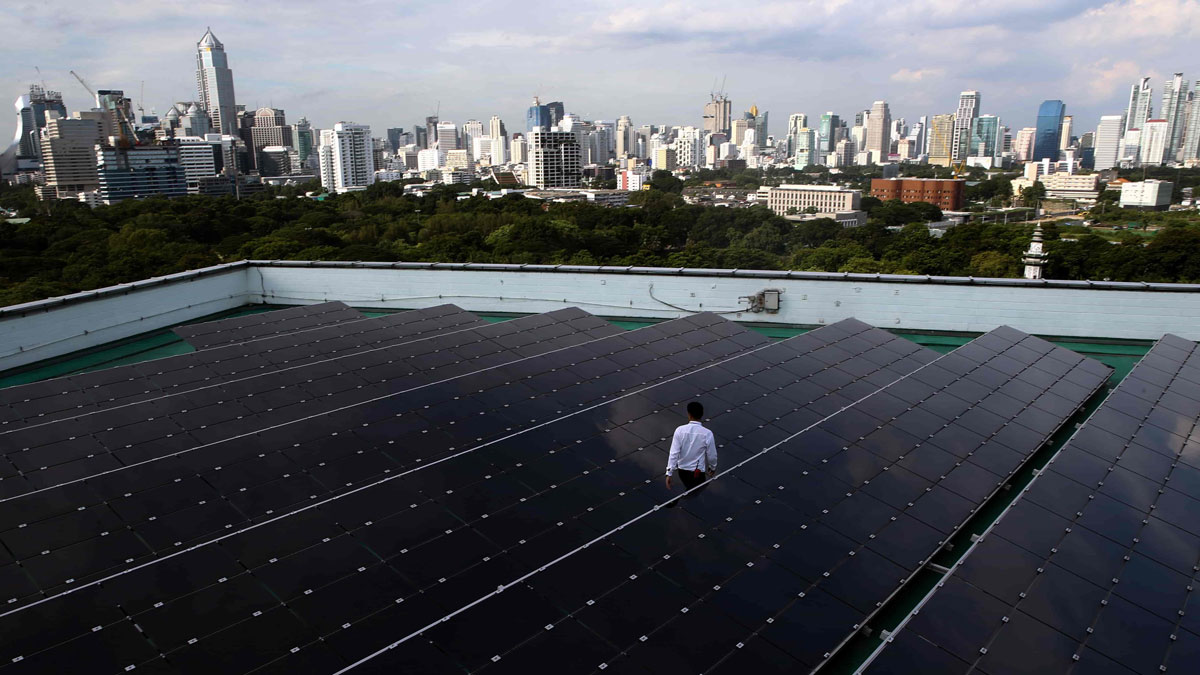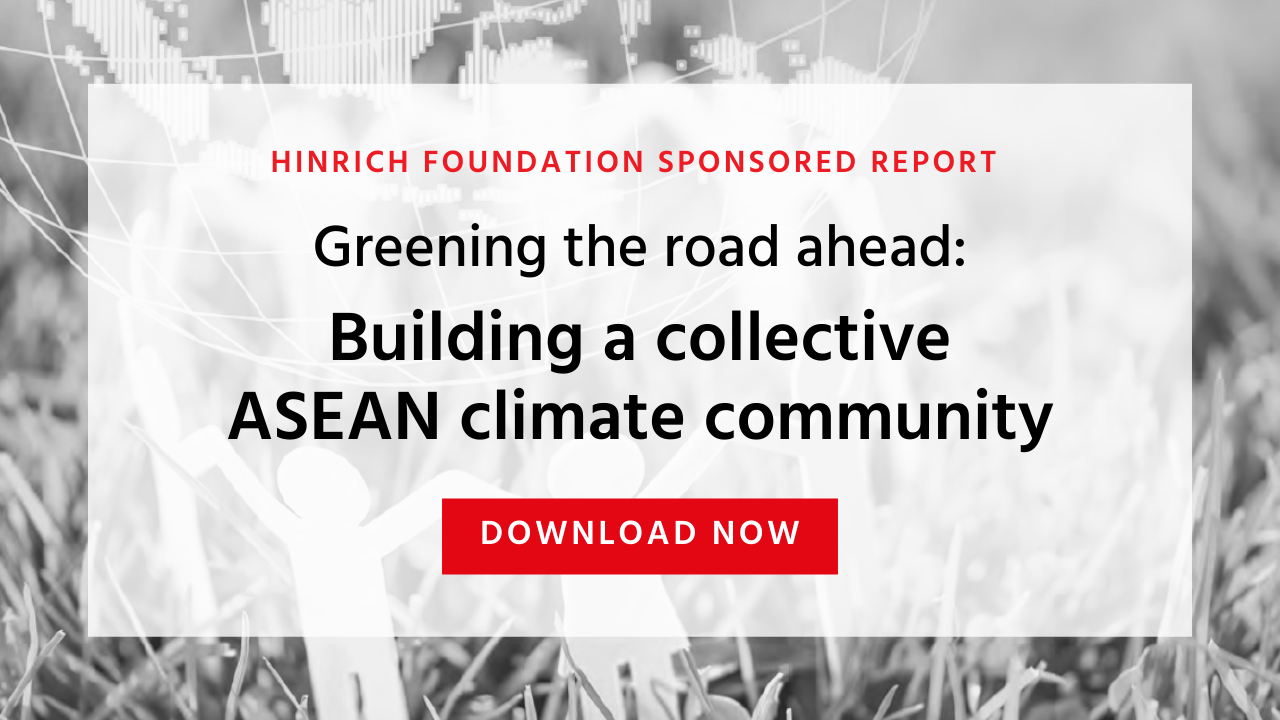Published 19 November 2024
Scope 3 emissions – the indirect emissions produced by a company’s supply chain – typically make up 70-90 percent of a firm’s total carbon footprint. While the process remains challenging, the accurate measurement and reporting of such emissions enable businesses to reach deep into the climate impact of their operations. It equips companies with the knowledge to make strategic decisions that can change the trajectory of global climate and build lasting value.
The year 2024 marks another year of unprecedented heat levels globally. As the impact of climate change mounts, there has been an uptick in pressure from governments, investors, and consumers to hold companies accountable for their greenhouse gas footprint. Emissions reporting is becoming increasingly common, with many companies now tracking and declaring the amounts of carbon dioxide emitted as a direct result of their business activities, also known as Scope 1 and Scope 2 emissions.
More recently, there has been increased scrutiny on Scope 3 emissions, the indirect emissions that are produced by a company’s supply chain, such as those associated with the production of raw materials, logistics, workforce commuting, waste disposal, the use of sold products, as well as the impact of any investments. Measuring and reporting on Scope 3 emissions is critical to any decarbonization goals, as they comprise the majority of a company’s total carbon footprint.
Yet, Scope 3 emissions can be extremely difficult to accurately measure and report as they lie beyond the company’s formal span of control. The challenge is exacerbated in Asia-Pacific owing to the region’s famed complexity of supply chains, and the broader issue of a lack of standardization around Scope 3 emissions.
Co-sponsored by the Hinrich Foundation, this report by KPMG and the Pacific Basin Economic Council aims to showcase the state of Scope 3 emissions reporting and disclosures in APAC by analyzing publicly available ESG reports from 338 companies listed on six stock exchanges, published between 2022-2023. It also aims to support companies newly starting out on their reporting journey by exploring a range of considerations, methods, and best practices that are now being observed and noted in the region. By approaching these new reporting requirements as a strategic opportunity, organizations can gain operational advantages and ensure readiness for future disclosure mandates. The report also encourages companies to invest in areas, such as digitalization, that can create benefits beyond sustainability.
© The Hinrich Foundation. See our website Terms and conditions for our copyright and reprint policy. All statements of fact and the views, conclusions and recommendations expressed in this publication are the sole responsibility of the author(s).








